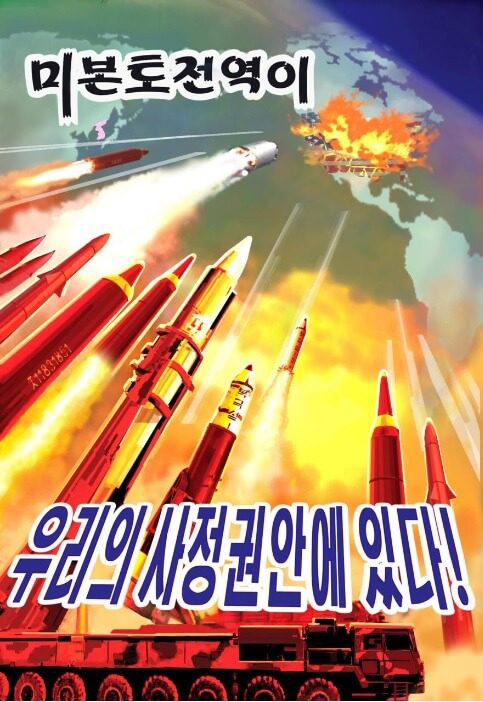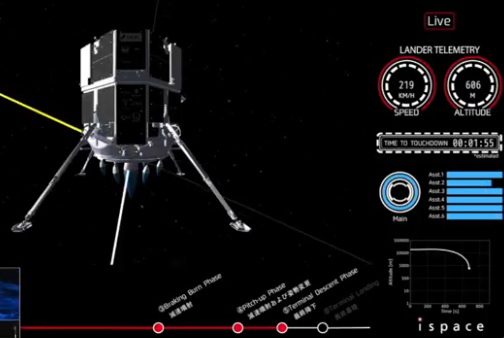Having previously claimed that it had a “thermonuclear class” Hydrogen bomb – a nuclear weapon at least several times the power of a “fission class” nuclear bomb – North Korea has made another nuclear test as it tried to demonstrate that it has one. North Korea formally declared that the test was of a two-stage thermonuclear device.
To international protest, the claimed thermonuclear weapon was exploded in an underground test on 3 September. The man-made seismic shock being detected by earthquake detectors around the world. It was from these readings that scientists were able to deduce that the explosive power was the equivalent of 50 kT (kilotons) of TNT. This would make it about five times greater than the fission-class atomic devices previously exploded by North Korea and about two and half times the size of the 20kT atomic bomb dropped on Nagasaki at the end of World War II.
However, while the latest event was considerably more powerful that previous tests, experts believe that its which would be very low for a Hydrogen-bomb, could make it a scaled-up fission-class weapon than a true thermonuclear weapon.
Thermonuclear Hydrogen bombs work by using a energy release from a fission atomic bomb to achieve the fusion of two isotopes of hydrogen: tritium and deuterium, to release very much more energy. Using this method a practical weapon with an explosive power ranging of say 5MT (5,000kT) can be achieved (with “staging” up to 100MT is possible). More normally, they are in the 100-300kT size.

North Korea released this threating poster showing USA being targeted by nuclear armed ICBMs. Courtesy: KCNA via Reuters.com
Before the test North Korea’s leader Kim Jong-un, was shown in a national television broadcast next to a claimed “ballistic missile thermonuclear warhead”. The idea was to demonstrate to the world that it has this capability already.

Apparent design of North Korea’s thermonuclear warhead. Courtesy: KCNA via Nathan J Hunt
With time running out and with US patience wearing thin, US Defence Secretary Jim Mattis has declared that the USA would take military action against any nuclear threat aimed at the USA or its allies. “Any threat to the United States or its territories, including Guam or our allies will be met with a massive military response, a response both effective and overwhelming,” said Mattis.
There are fears that North Korea might be tempted to actually explode a true thermonuclear warhead above ground in a high altitude nuclear test after being carried there by a ballistic missile. This would be a further demonstration to show that it really has a true ballistic missile carried thermonuclear warhead capability.
Apart from being banned under international law, such a high-altitude test would have implications for the world space community. A high altitude nuclear test – probably just outside of the atmosphere – would create a large electromagnetic pulse along with a large quantity of charged particles which could seriously damage satellites. A similar high altitude explosion performed in the US Starfish nuclear weapons programme during the early 1960s damaged several satellites.

The Starfish Prime high altitude explosion of 1450 kilotons on 9 July 1962 damaged several satellites. Courtesy: US Air Force
Comment by David Todd: The risk of war is growing. While China may accept an air and missile campaign by US armed forces against North Korea and its nuclear arsenal, it will not accept a full scale US-South Korean invasion. It was the fear of having US troops on its border which made China weigh in on North Korea’s side in the Korean War of the early 1950s. However, this does not necessarily mean that China will take the side of North Korea again. Instead, it may be forced to invade North Korea itself as the land component in a joint action with the USA.
War might even be deterred altogether if this plan is indicated to North Korea. That would be preferable. Apart from the outside possibility of a conflict between China and the USA, China still fears a mass movement of refugees from North Korea if war breaks out.






